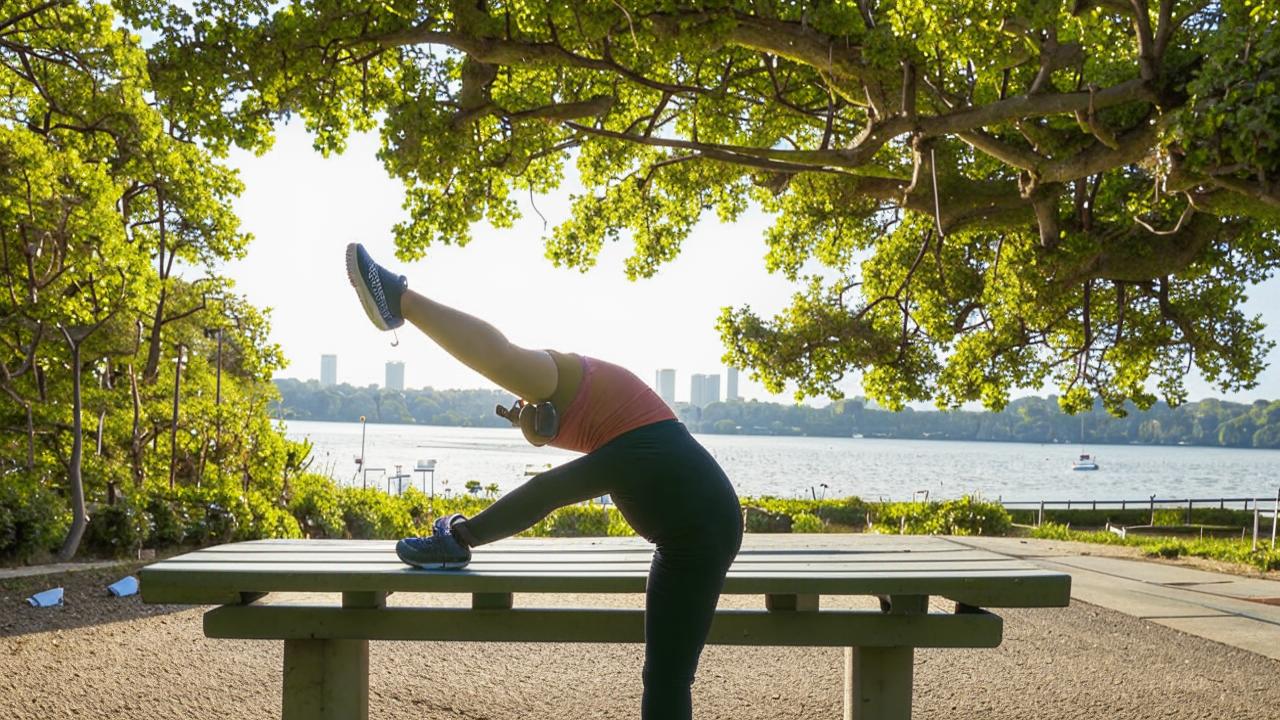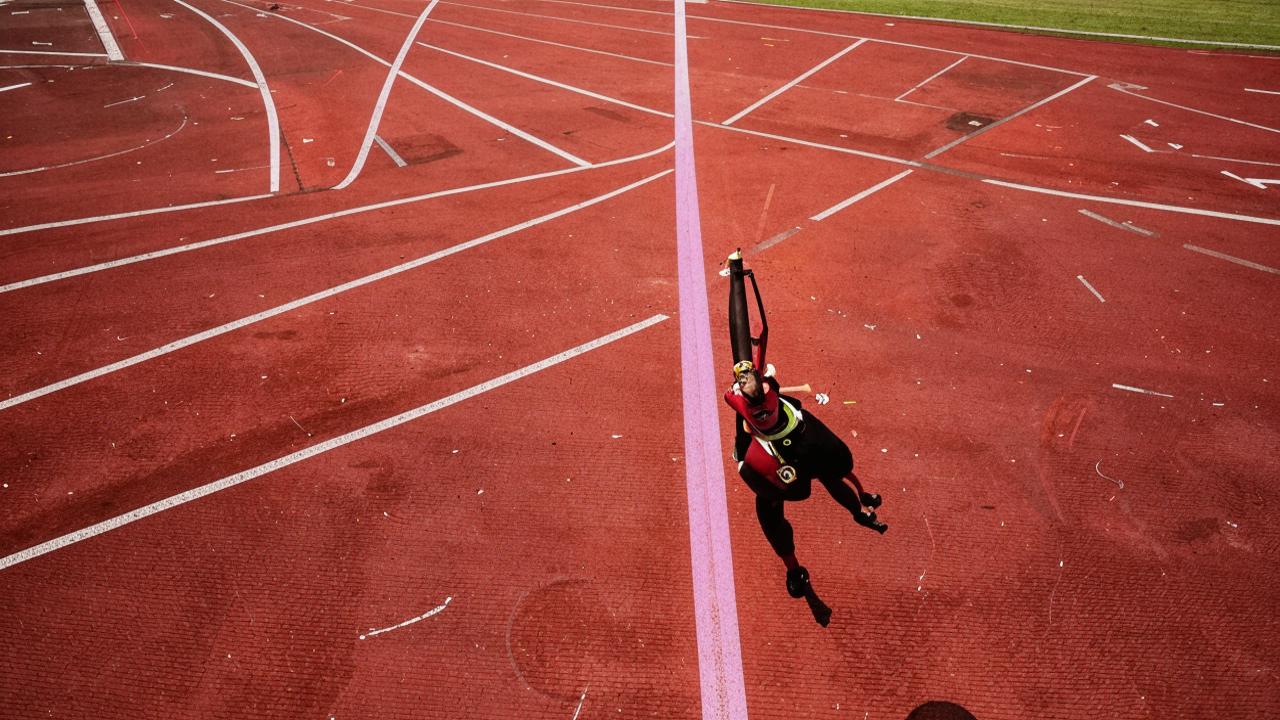It happens that beginners, when they first start running, face unpleasant consequences – various leg injuries.
Skupaj z Lev Pozdnyakov, personal trainer and speaker of the International Festival of Health and Sports SN PRO EXPO FORUM, we tell you about typical injuries during running and ways to avoid them.
Five most popular injuries
Leg “flipped”
What happened?
It may be a sprain or torn ligament.
If the place swells quickly and there is sharp pain when moving – most likely, it is a rupture, you need to go to the hospital and do an MRI.
If the leg is not swollen, but there is discomfort – it is a sprain. Apply a cooling bandage, you can use ointments. If after a day the discomfort has not passed, see a doctor.
How to avoid?
At the initial stage, try to choose flat trails without obvious uneven terrain. Treadmills with a soft rubber surface for good cushioning are ideal.
Remember to lace your shoes well from bottom to top to keep your foot from dangling.
Add ankle stabilizer strengthening exercises to your training plan – this will be balance training on an unstable surface. A competent trainer can help you with this.

Knee pain during/after running
What happened?
Most often knee pain can occur if there is inflammation in the ligamentous apparatus or damaged menisci. It can also be an aggravated old injury or a new one that was triggered by impact loading on the legs.
How to avoid it?
There can be many causes, one of them is improperly chosen running shoes. Sneakers should be light, aerodynamic, well “breathe”, the sole should be thick and well absorb shock. Therefore, choose the right shoes for jogging.
To knee pain can also lead to flat feet and overweight. Because of them, the load on the joint is distributed unevenly and can lead to wear and tear on its individual parts.
Pay attention to your running technique. If you run incorrectly, the load on the joints will be distributed unevenly, and this will lead to injury.
“Dull” pain in the foot area.
It can appear in those who have not run for a long time. Most often the pain is localized between the heel and the base of the foot. It will go away after a while – most likely, your ligaments were not ready for such a load and overworked.
How to avoid it?
If the pain does not go away, hurts the arch of the foot, most likely there is inflammation there. The main reasons are the choice of too hard surface and insufficient cushioning of shoes. The foot simply can not withstand the load.
The main symptoms of inflammation are: pain along the edge of the foot or in the heel area (increases in the morning), sometimes – swelling on the foot.
Give your ligaments and joints a rest, choose the right shoes and running surface.

Lower back discomfort
The impact load probably triggered an injury involving compression damage to the intervertebral discs. There could also have been an old injury, protrusion or herniated disc that worsened, or a new load triggered another injury.
How to avoid?
To avoid these problems, if you suspect a protrusion or herniated disc, get an MRI and consult your doctor about whether you should run. Be sure to use shoes with good cushioning.
Periosteum pain
The periosteum is the connective tissue that wraps around the outside of the bones. Usually in runners, the pain is caused by overloading and is localized in the lower part of the lower leg, in the area of the anterior and inner surface of the tibia.
Symptoms in the early stage:
- Pain is minor, concentrated in the inner part of the lower leg, more often at the border of the tibia and calf muscles.
- The pain occurs at the beginning and at the end of exercise, is felt when pressing.
Symptoms in the neglected state:
- A aching pain and burning sensation while walking and at rest.
- The pain may spread throughout the lower leg and radiates to the foot or thigh.
- The shin becomes swollen and red.
- Temperature rises.
How to avoid it?
Run in moderation! If you train too much, the muscles “clog”, become less elastic. In this state they can not absorb the shock load, it is transferred to the ligaments and periosteum, which leads to microtraumas and inflammation.
Pay attention to your running technique. The most common running mistake that causes periosteum pain is running on “toes”.
Injuries occur because your current fitness does not match the load you are subjecting yourself to.
To keep yourself out of trouble:
- Do a body check-up.
- Take a couple running classes from an experienced trainer.
- Buy the right shoes.
- At the initial stage, run in special places.
- Start small, for example, try walking more.
- Do not neglect warming up before running.






